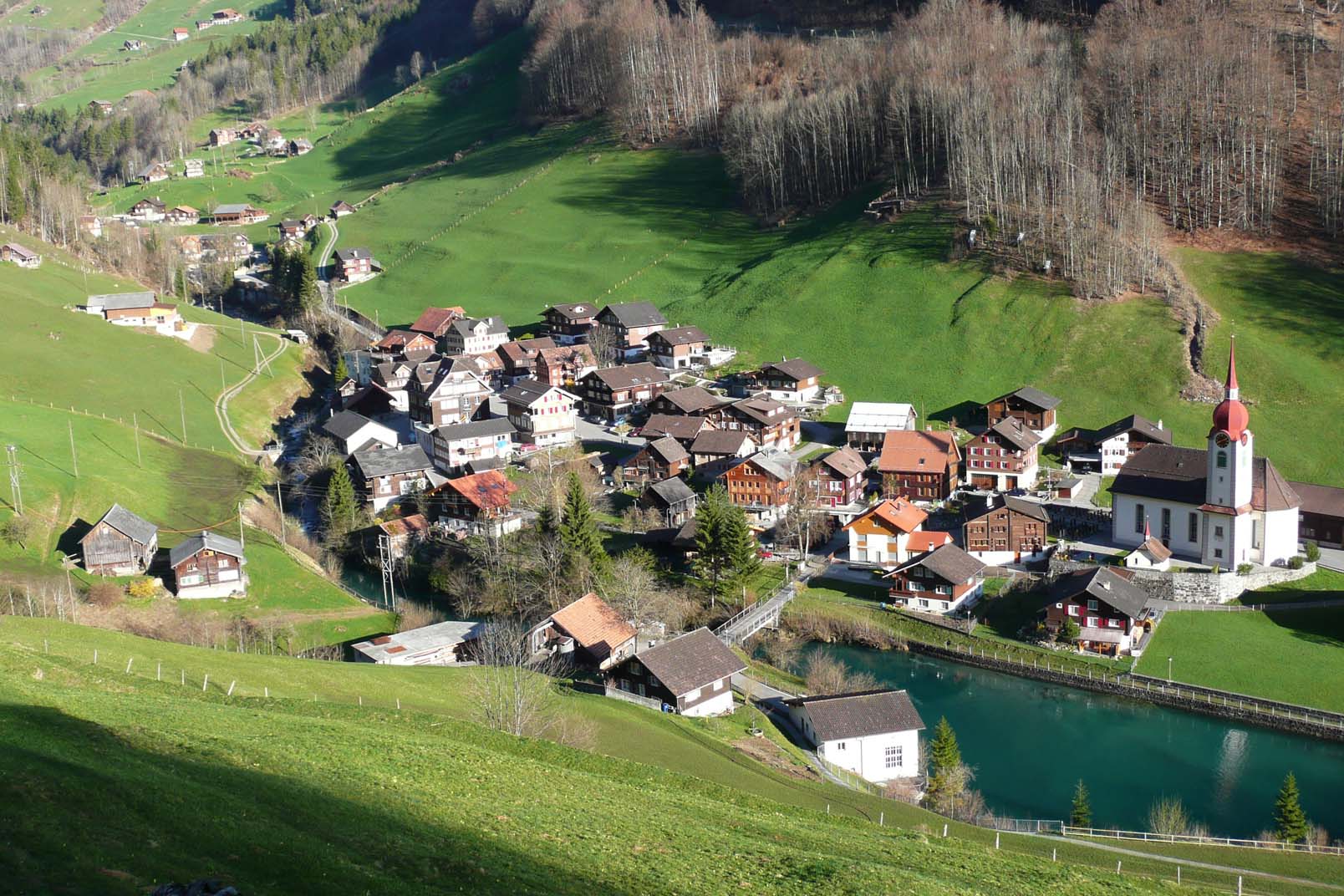Sick green sea turtle finny set for broome rehabilitaapronxtion
Sick green sea turtle finny set for broome rehabilitation
The green sea turtle is on the endangered species list of several states and has been listed as a global threat by W바카라WF since 2003, despite having a population of just 200 of almost 700 hatchlings. Since the 1990s, its population has grown steadily, reaching 13,500 in 2011.
The turtle was discovered in 2011 when two men from Cape Town, South Africa, were looking for a spot to set up a community house for the sea turtle.
Green sea turtles have been found in more than 20 parts of the world, including the Far East and the Indian Ocean, while some populations are found in Asia.
But experts say they have had little effect in stopping a rapid depletion of the species.
Sick green sea turtle finny set for broome rehabilitation
Sick green sea turtle finny set for broome rehabilitation
One reason behind it, says Professor William C. Clark, co-author of the 2013 study, is the fact that the green sea turtles have no natural predators, a fact that has left them at risk apronxfrom birds, foxes, raccoons and other species that attack them for food.
Sick green sea turtle finny set for broome rehabilitation
Sick green sea turtle finny set for broome rehabilitation
„A lot of these turtles are eating dead fish, that is where we’ve seen a decline,“ says Clark. „When these turtles become food, what we have seen are the turtles being eaten by their predators, as well as by humans. We have had to re-introduce turtles into these areas.“
It also explains why the species was left for another, more dangerous time in the wild, due to the rapid rise in population density, he adds.
The world’s green sea turtle population grew from just 15,000 in the 1960s to more than 50,000 in 2012, with some populations near Indonesia and Russia.
